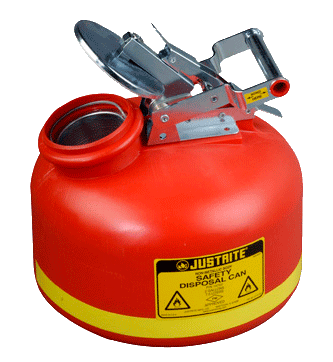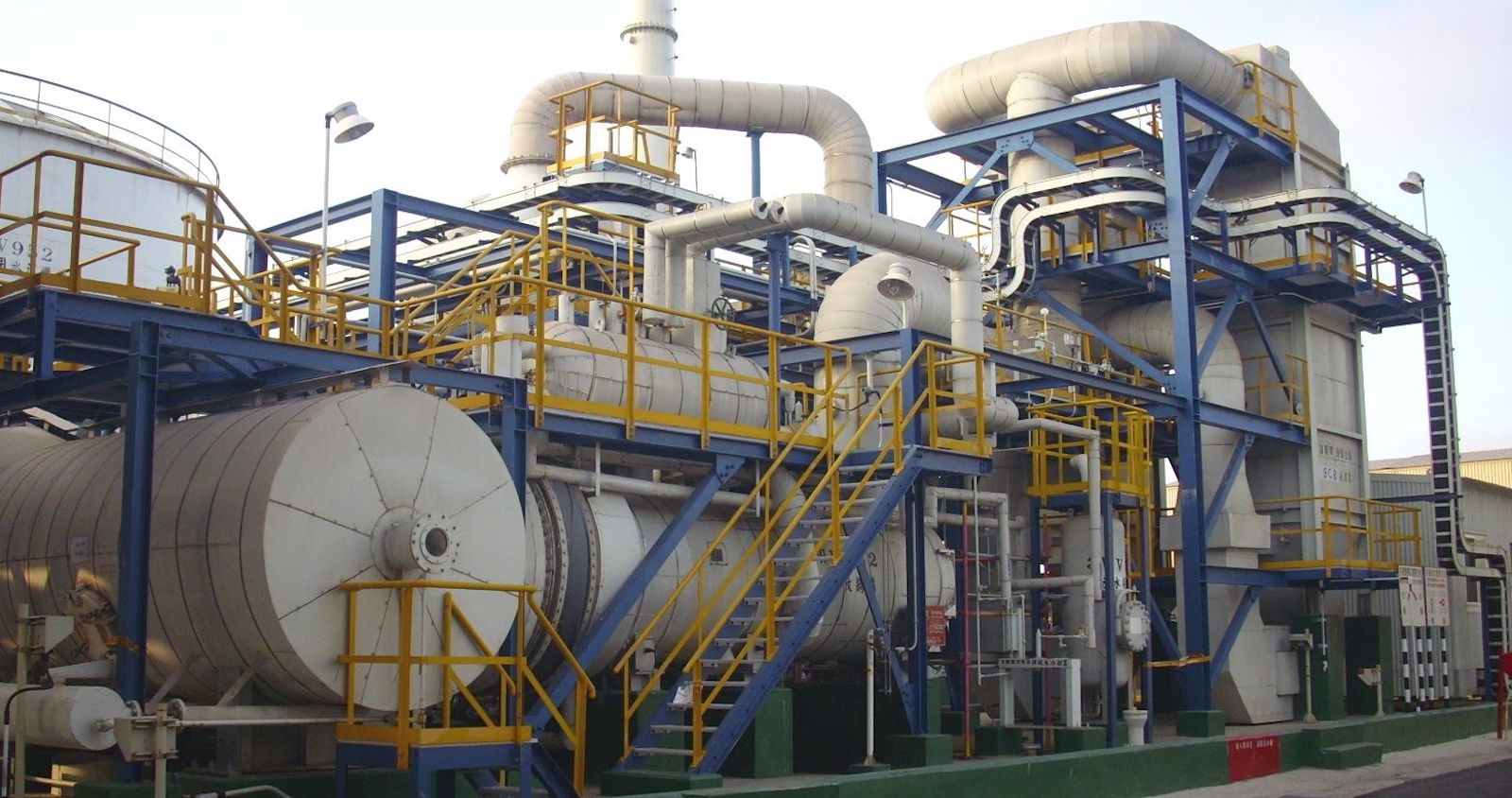Leading Industrial Wastewater Treatment Solutions: Ensuring Compliance and Performance
Just How Fluid Waste Disposal Functions: A Detailed Summary of Methods and Technologies Utilized

Summary of Liquid Waste Kind
The complexity of liquid waste types requires a thorough understanding of their attributes and effects for disposal. Liquid waste can extensively be categorized right into several types, consisting of commercial, local, agricultural, and dangerous waste. Each category shows distinctive properties, needing details management techniques to mitigate ecological and wellness dangers.
Industrial liquid waste stems from manufacturing procedures and usually contains a series of contaminants, such as hefty steels, solvents, and organic compounds. Municipal fluid waste, mostly making up wastewater from households and business establishments, contains natural matter, nutrients, and pathogens (industrial wastewater treatment). Agricultural fluid waste, consisting of drainage from ranches, might include fertilizers, chemicals, and pet waste, posing threats to water quality and environments
Harmful fluid waste is characterized by its toxicity, reactivity, or possible to create harm. Understanding these varied liquid waste types is essential for creating reliable disposal methods and making sure conformity with ecological regulations.
Physical Treatment Approaches

Testing is the first step, where larger fragments and debris are eliminated from the liquid waste making use of screens or grates. In sedimentation tanks, larger bits work out at the base, creating a sludge layer, while the cleared up fluid can be additional treated.
Purification is one more essential technique that includes passing the liquid with permeable materials, such as sand or membranes, to catch smaller fragments. This step boosts the high quality of the liquid, making it appropriate for subsequent therapy processes.

Chemical Treatment Methods
Chemical treatment strategies are necessary for properly handling fluid waste, especially in addressing dissolved and colloidal impurities that physical methods might not properly get rid of. These techniques use numerous chemical agents to counteract, precipitate, or transform harmful substances right into much less hazardous types.
One usual method is coagulation and flocculation, where chemicals such as alum or ferric chloride are added to advertise the aggregation of suspended bits. This procedure enhances sedimentation, enabling less complicated elimination of the resulting sludge. Additionally, oxidation processes, using representatives like chlorine or ozone, are employed to break down complicated natural substances and virus, rendering the waste much safer for discharge or additional therapy.
Neutralization is reference an additional critical method, which readjusts the pH of acidic or alkaline waste streams to neutral degrees, preventing potential damage to downstream systems and the atmosphere. Moreover, progressed oxidation procedures (AOPs) make use of mixes of oxidants and ultraviolet light to degrade persistent pollutants, achieving a higher level of treatment efficiency.
Organic Therapy Procedures
Organic therapy procedures play an essential role in the management of liquid waste by using bacteria to decay raw material and lower contaminant degrees. These procedures can be extensively classified into anaerobic and aerobic therapies, each employing details microbial areas to achieve reliable waste destruction.
Cardio treatment involves the usage of oxygen to help with the break down of natural products by bacteria. This procedure is frequently executed in turned on sludge systems, where oygenation storage tanks offer a conducive setting for microbial development, resulting in the oxidation of organic toxins. The resultant biomass can be separated from treated effluent via sedimentation.
In contrast, anaerobic therapy occurs in the lack of oxygen, depending on various germs to damage down organic matter. This approach is specifically useful for high-strength waste, as it produces biogas, a renewable power source, while reducing sludge manufacturing. Technologies such as anaerobic digesters are regularly employed in industrial and local applications.
Both anaerobic and cardio organic therapies not just reduce the environmental impact of fluid waste however additionally assist in resource recuperation, making them essential parts of sustainable waste management methods. Their efficiency, flexibility, and performance support their widespread implementation across various sectors.
Arising Technologies in Disposal
Ingenious methods to fluid garbage disposal are look at this web-site quickly progressing, driven by developments in technology and a raising focus on sustainability. Among these emerging modern technologies, membrane layer bioreactors (MBRs) have acquired grip for their capability to combine organic treatment with membrane filtration, causing top quality effluent that can be recycled in various applications. MBRs make it possible for smaller sized footprints and a lot more efficient procedures compared to typical systems.
An additional promising development is using anaerobic digestion incorporated with nutrient recovery modern technologies, which not just treats liquid waste yet additionally generates biogas and recovers important nutrients like nitrogen and phosphorus. This dual benefit boosts resource performance and decreases ecological impact.
Additionally, progressed oxidation procedures (AOPs) are being taken on for the deterioration of complicated natural contaminants. These methods utilize effective oxidants and catalysts to break down pollutants at the molecular level, providing an extremely efficient service for challenging waste streams.
In addition, the integration of artificial intelligence and maker read here understanding in waste monitoring systems is optimizing functional efficiency and predictive upkeep, bring about minimized expenses and boosted ecological compliance. These modern technologies mirror a considerable shift towards even more lasting and reliable liquid garbage disposal methods.
Conclusion
In final thought, reliable liquid waste disposal requires an extensive understanding of various strategies and technologies. By continually advancing these methodologies, it ends up being possible to deal with the expanding obstacles linked with fluid waste, eventually contributing to ecological protection and source healing.
Liquid waste disposal is a critical facet of ecological monitoring, calling for a comprehensive understanding of numerous techniques and modern technologies tailored to different waste kinds. Liquid waste can extensively be categorized right into a number of types, including commercial, municipal, farming, and hazardous waste. Agricultural fluid waste, including drainage from ranches, may consist of plant foods, chemicals, and animal waste, presenting risks to water quality and ecosystems.
Numerous physical treatment techniques play an important function in taking care of liquid waste successfully - industrial wastewater treatment.In verdict, efficient fluid waste disposal demands a detailed understanding of different techniques and innovations